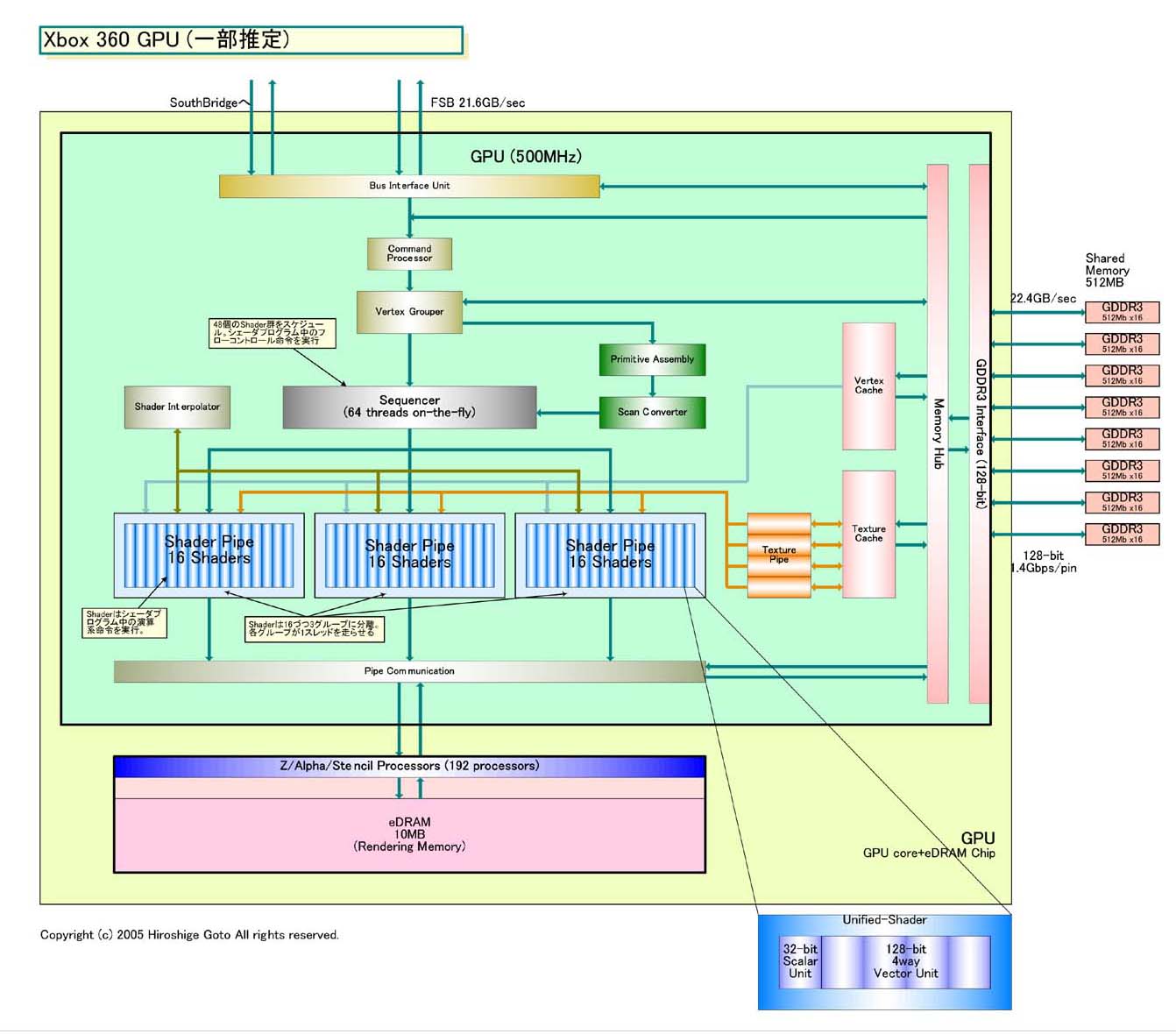DaveBaumann said:Shit. I'm really beginning to understand why there are lots of confusion about how this actually operates. It really doesn't operate in a manner in which fits in with the conepts we've understood before.
Dave I'm really hoping you do an article about this . I'm really interested in learning more

